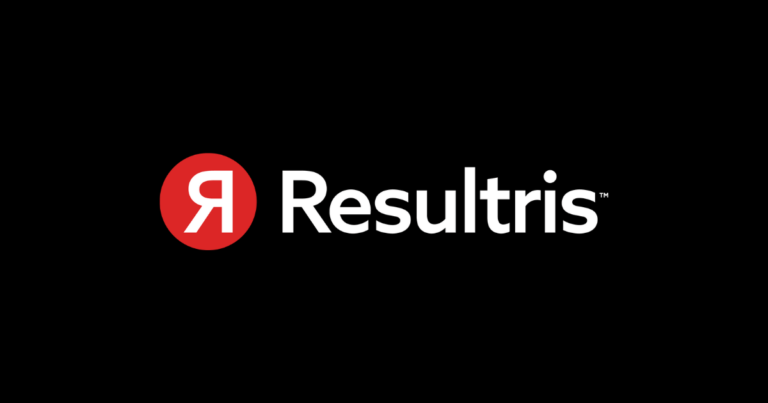

Are you having trouble understanding mixed cell reference in Microsoft Excel? Look no further as we give you a quick and simple explanation on what mixed cell reference is all about. In Excel, cell references are used to refer to one or more cells in a formula. A mixed cell reference is a type of cell reference that combines both absolute and relative referencing. This allows you to keep specific rows or columns constant while the others change when the formula is copied to other cells. Understanding mixed cell reference is important to improve your Excel skills and increase your productivity. Read on to learn more!
Before discussing mixed cell reference, it is important to first understand regular cell references in Microsoft Excel. Essentially, cell references are used to indicate one or more cells in a formula. There are two main types of cell references, relative and absolute. Relative references change when copied to another cell, while absolute references do not.
Relative cell references are the default type of reference in Excel. This means that if you create a formula and copy it to a neighboring cell, the formula will adjust to reflect its new location. For example, if you have the formula =A1+B1 in cell C1 and copy it to D1, the formula in D1 will automatically adjust to =B1+C1.
Absolute cell references, on the other hand, always reference the same cell, regardless of where the formula is copied. They are indicated in formulas by adding a dollar sign ($) before the column and row – for example, =$A$1. If you copy a formula with an absolute reference to a new cell, it will still reference the same cell as before.
Mixed cell reference is a combination of relative and absolute cell references. It is useful when you want to keep a specific row or column constant in a formula, even when the formula is copied or moved to other cells. To create a mixed cell reference, you need to use a dollar sign ($) before either the row number or column letter, but not both.
Here is an example of how to create a mixed cell reference:
=SUM($B2:B$5)
In this formula, we have locked the column B using an absolute reference with a dollar sign before the B (i.e. $B2), but kept the rows B2 to B5 relative (i.e. B$5). When this formula is copied to other cells, the column will remain the same (column B), while the row numbers will adjust accordingly.
Mixed cell reference is useful when you want certain parts of a formula to remain constant, but other parts to change. This can save you time and effort, particularly when working with large sets of data. By using mixed cell references, you can create more complex formulas that are easier to manage and maintain.
Mastering mixed cell reference is an essential skill for anyone looking to become proficient in Microsoft Excel. With a basic understanding of cell references and mixed cell references, you can create more complex formulas that allow you to work more efficiently and effectively. Keep practicing and soon you’ll be an Excel pro!
Here are a few tips to keep in mind when working with mixed cell references:
If you need to keep a cell constant at all times, be sure to use an absolute reference. Doing so will prevent Excel from changing the value of the cell when it is copied to other cells. In contrast, if you use a relative reference in this situation, the formula might not return the correct answer.
To make sure that others can easily understand and modify your formulas, it is a good idea to mark any mixed cell references clearly. For example, you might use an asterisk (*) to indicate the mixed reference.
Named ranges can make formulas more readable and easier to manage. By assigning a name to a cell or range of cells, you can refer to that cell or range more easily in a formula. When using named ranges in formulas with mixed cell references, it is important to use absolute references ($ symbols) when necessary.
If you’re new to Microsoft Excel, mixed cell references can seem daunting at first. However, with practice and persistence, you can become proficient in using them. By keeping the tips mentioned above in mind, you can maximize your productivity and efficiency while working with data in Excel.
Here are some frequently asked questions about mixed cell references in Microsoft Excel:
Absolute cell references always reference the same cell, while relative cell references change as you copy or move the formula to other cells.
You might use a mixed cell reference when you want to lock a specific row or column in a formula, but allow other parts of the formula to change as the formula is copied to other cells.
To create a mixed cell reference, you need to use a dollar sign ($) before either the row number or column letter, but not both. For example, if you use =$A1, the column will be locked, but the row will change when you copy the formula to other cells.
Yes! Named ranges can make formulas more readable and easier to manage. When using named ranges in formulas with mixed cell references, it is important to use absolute references ($ symbols) when necessary.
Understanding mixed cell references can make working with large sets of data in Microsoft Excel much easier and more efficient. By locking certain parts of a formula in place, you can ensure that your calculations are always accurate, even when you move or copy them to other cells.
Explore the world of Microsoft PowerPoint with LearnPowerpoint.io, where we provide tailored tutorials and valuable tips to transform your presentation skills and clarify PowerPoint for enthusiasts and professionals alike.

Your ultimate guide to mastering Microsoft Word! Dive into our extensive collection of tutorials and tips designed to make Word simple and effective for users of all skill levels.

Boost your brand's online presence with Resultris Content Marketing Subscriptions. Enjoy high-quality, on-demand content marketing services to grow your business.
